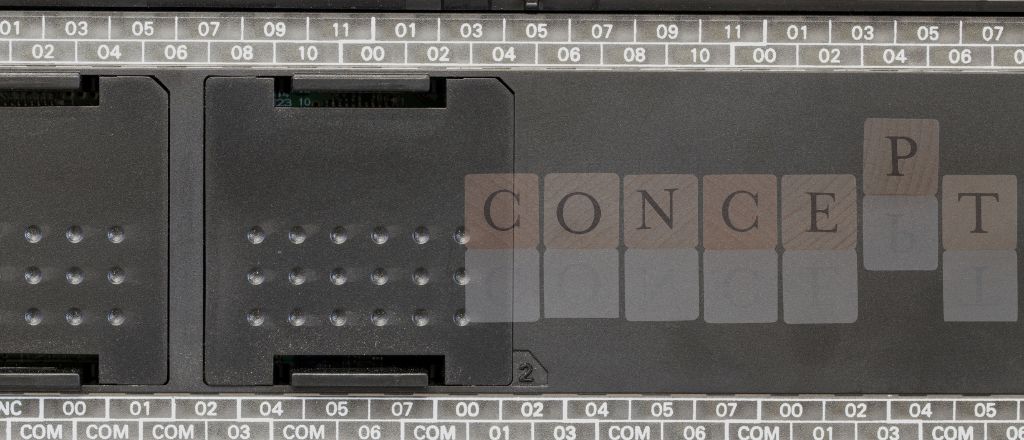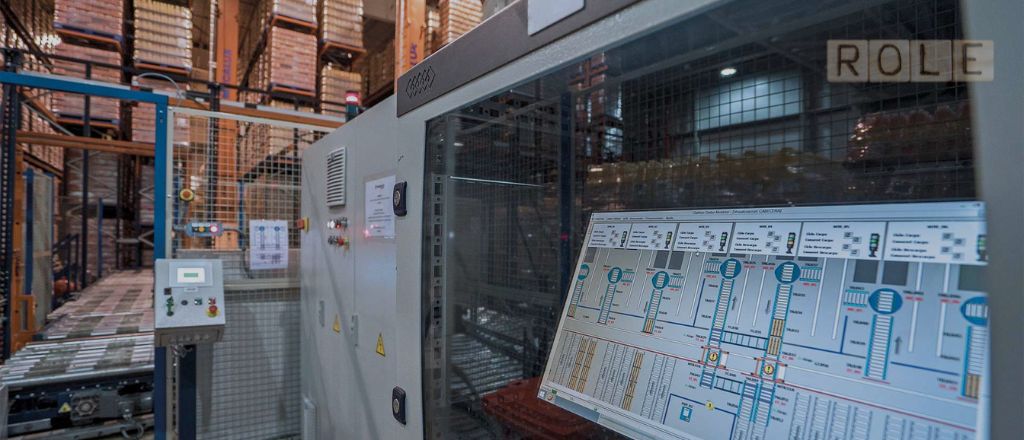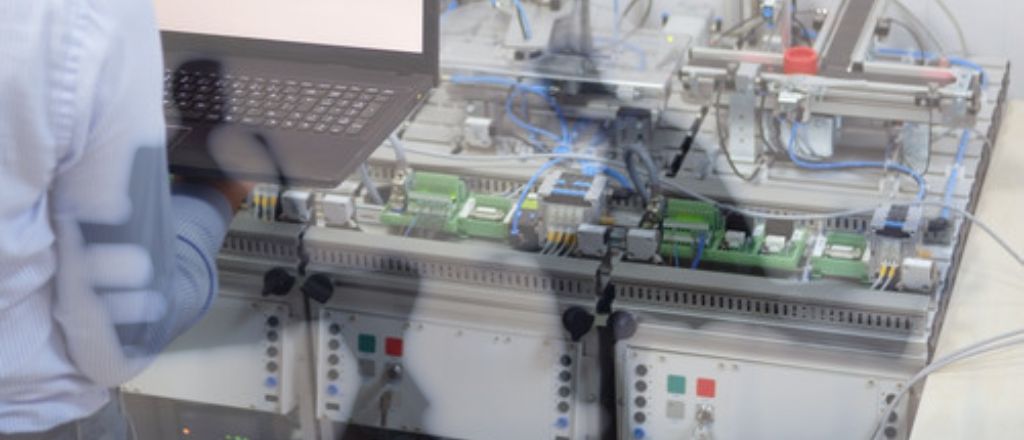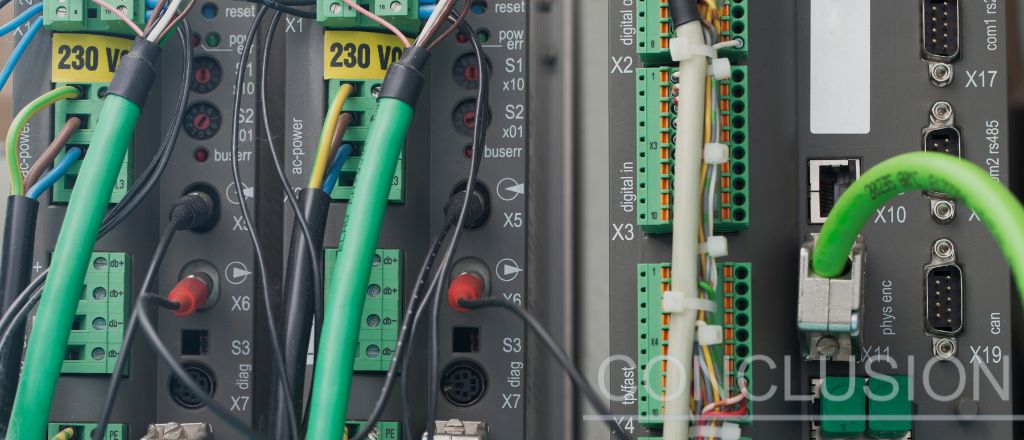PLC PLC or PLC to PLC communication refers to the process where two or more PLCs exchange data to coordinate actions, share information, or synchronize
PLC PLC refers to Programmable Logic Controllers, essential components in modern industrial automation. While the term may seem redundant or repetitive, understanding its meaning is important for those exploring automation and industrial control systems. This article delves into the concept of PLC PLC, its role in automation systems, and its potential for the future.
PLC PLC Concept and Explanation

PLCs are specialized digital computers designed to control manufacturing processes or machinery. They are programmable, reliable, and robust, making them indispensable in industrial environments.
Clarifying the Terminology
The repetition in "PLC PLC" could stem from different contexts:
- PLC to PLC Communication: This term refers to the process of two PLCs exchanging data and coordinating actions, often used in industrial settings where synchronization is required between multiple controllers.
- Reiteration for Emphasis: In technical discussions, repeating "PLC" might emphasize its significance in a particular context. For instance, emphasizing comparing traditional PLCs and newer, advanced models might lead to such phrasing.
- Marketing or Branding: Some brands or marketing materials might use the term "industrial controller system" to highlight specific features or categories within controller systems. Manufacturers or marketers might use this phrasing to differentiate product lines or highlight advanced controller functionalities.
- Mistaken Usage: Occasionally, the repetition could be an error or a result of miscommunication, especially in translated documents or discussions among non-native speakers.
Common Misconceptions About PLC PLC
Despite its technical importance, the term "industrial controller" might lead to misunderstandings:
- Redundancy Misinterpretation: Some might think that "industrial controller" refers to a new or unique type of system, which is not necessarily true.
- Technical Complexity: The phrase might appear overly complex or technical to beginners, deterring them from exploring control systems further.
- Terminological Confusion: Misinterpreting the term could lead to incorrect application or expectations from control systems.
The Role of PLC in Automation Systems

PLCs are the backbone of automation, seamlessly integrating with machinery, sensors, and actuators to ensure efficient operations. Their adaptability, programming flexibility, and reliability make them indispensable in various industries.
Applications of PLC in Automation
Industries across a broad spectrum use industrial controllers to streamline processes and enhance operational efficiency:
- Manufacturing: In factories, industrial controllers manage assembly lines, monitor equipment, and oversee complex processes such as packaging and quality control.
- Energy: Power plants rely on these controllers for load management, turbine control, and safety monitoring.
- Automotive: In the automotive sector, these controllers manage robotic arms for vehicle assembly and ensure precision in painting and welding.
- Food and Beverage: Industrial controllers regulate packaging, processing, and quality assurance, ensuring consistency and safety in products.
- Building Automation: Modern buildings depend on controllers for HVAC systems, lighting controls, and elevator operations.
The Future of PLC in Industrial Control Systems
The future of industrial controllers looks promising as industries adopt more advanced technologies, offering greater integration, efficiency, and adaptability. Key trends shaping the evolution of these systems include:
- Integration with IoT: Controllers are increasingly connected to the Internet of Things (IoT), enabling real-time data collection and analysis for predictive maintenance and process optimization.
- AI-Driven Automation: Artificial Intelligence (AI) enhances controller capabilities by enabling adaptive control, self-learning systems, and complex decision-making processes.
- Cloud-Based Systems: These controllers integrate with cloud platforms to allow remote monitoring, control, and troubleshooting, reducing downtime and operational costs.
- Sustainability Focus: As industries move toward greener operations, controllers are vital in energy-efficient processes and renewable energy systems.
- Cybersecurity Enhancements: With increasing reliance on digital systems, controllers are evolving to incorporate robust cybersecurity measures to protect critical infrastructure.
Expert Insights: An Interview with Trevor Blevins

Interviewer: Trevor, thank you for joining us today. Could you start by telling us a bit about your experience with industrial controllers?
Trevor Blevins: Of course. I've worked with these controllers for over 20 years, primarily in industrial automation and process control. Over the years, I've seen this technology evolve from essential relay replacements to sophisticated systems integrated with AI and IoT.
Interviewer: In your opinion, what is the most significant advancement in industrial control technology?
Trevor Blevins: I'd say the integration with IoT has been a game-changer. It has allowed real-time data acquisition and remote monitoring, significantly improving operational efficiency and predictive maintenance.
Interviewer: What are some common misconceptions about these controllers that you encounter?
Trevor Blevins: A big one is that they're only suitable for large-scale operations. In reality, they offer incredible scalability and work effectively for small-scale projects. Many also misunderstand their programming, thinking it's overly complex, but modern interfaces and software simplify the process significantly.
Interviewer: How do you see the role of industrial controllers evolving in the next decade?
Trevor Blevins: The role will expand with the rise of smart factories and Industry 4.0. They'll become more intelligent and integrated, with AI algorithms enabling them to make autonomous decisions. We'll also see a stronger emphasis on cybersecurity measures to protect data and systems as automation networks become increasingly interconnected.
Interviewer: Any advice for those new to industrial controllers?
Trevor Blevins: Start small. Familiarize yourself with basic programming and applications before diving into complex systems. Also, keep learning—the field is evolving rapidly, and staying updated on new technologies is crucial.
Interviewer: Thank you, Trevor, for sharing your insights. Any final thoughts?
Trevor Blevins: My pleasure. Just remember, industrial controllers are the backbone of modern automation. Understanding their capabilities and staying ahead of trends will give you a significant edge in the industry.
Conclusion

Industrial controllers remain integral to automation, providing the reliability and adaptability necessary for modern operations. While the term "industrial controller system" might initially seem redundant, understanding its context helps dispel confusion and highlights the importance of such controllers in automation systems. Additionally, the concept of "controller-to-controller communication" is crucial as it enables the seamless exchange of data and coordination between multiple systems in industrial settings. As technology advances, these controllers will continue to evolve, integrating with cutting-edge technologies to revolutionize industrial processes. Mastering the fundamentals and staying informed about emerging trends will empower professionals to leverage these systems effectively in their applications.
Frequently Asked Questions
Communication between two PLCs can be achieved using communication protocols like Ethernet/IP, Modbus, or Profibus, allowing them to exchange data through wired or wireless networks.
PLCs use industrial communication protocols like Ethernet, Modbus, Profibus, and others for data transfer, enabling seamless integration with other automation systems and devices.
Common protocols for PLC communication include Modbus, EtherNet/IP, Profibus, and OPC, depending on the application and specific PLC model.

